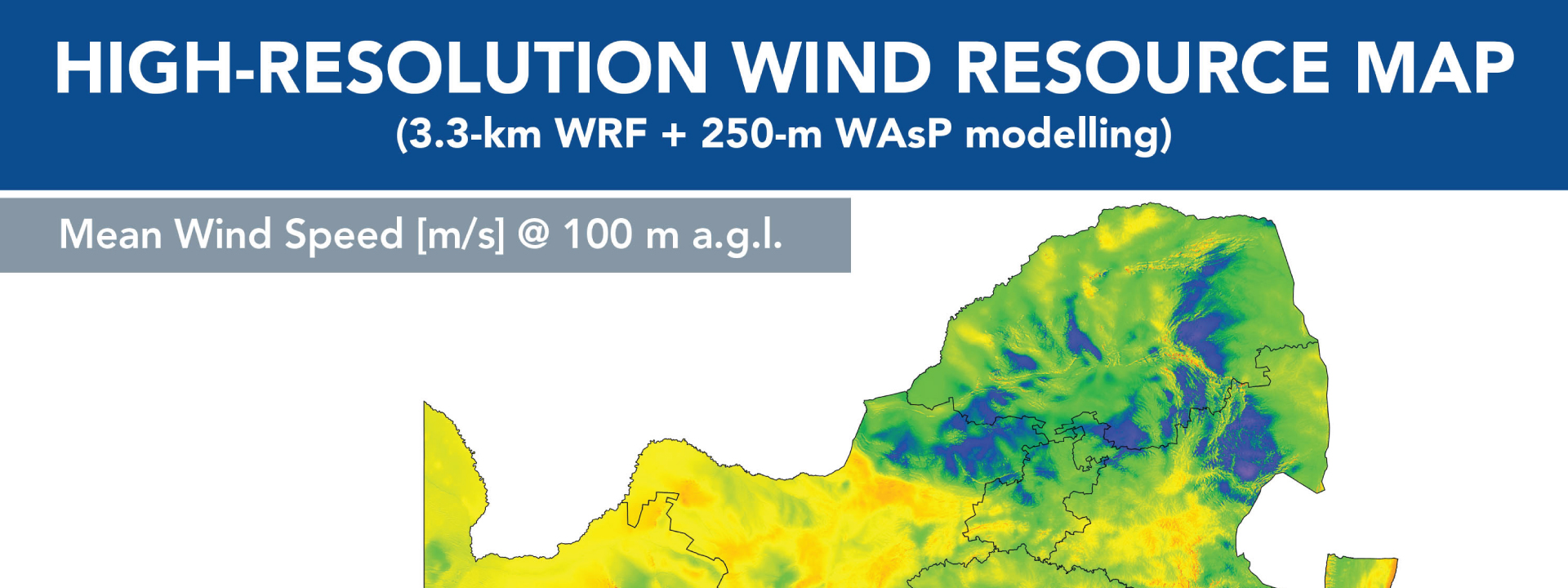
Component 2
Wind Atlas for South Africa (WASA) – resource mapping, wind corridor development support
The main objectives of WASA is to develop, verify and employ numerical wind atlas methods and develop capacity to enable large scale of exploitation of wind energy in South Africa.
It is implemented by SANEDI on behalf of the Dept. of Energy (Now the Dept. of Mineral Resources and Energy.). The WASA data is made freely available to the public with 3 214 registered users from 98 countries accessing data as at September 2019. http://wasadata.csir.co.za/wasa1/WASAData.
WASA Phase 3 (WASA 3) is further refining with the validation of 18 wind measurement masts covering 75% of SA land area, the Interim Large Scale High Resolution Wind Resource map and database that was launched at the WASA Seminar 10 April 2019.
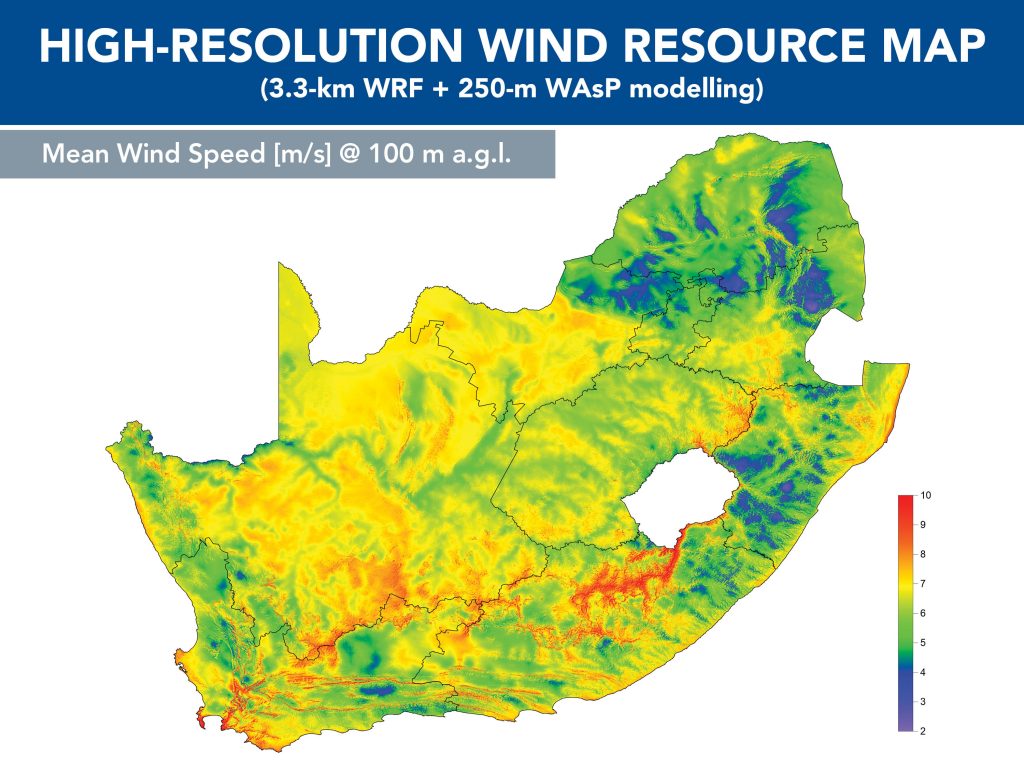
The Wind Resource map depicts local surface wind climate, such as mean wind speed, mean wind power density that a wind turbine or wind farm would operate in. Its statistics enable predictions, such as annual energy production (AEP) of a wind turbine and expected capacity factor. It can be used to estimate bankability of a wind project, with physical wind measurements only being undertaken to confirm predictions, thereby levelling the playing field, saving time and money.
The wind time series data generated are particularly useful for studying annual, seasonal and diurnal variations in wind resources and input to power system modelling. This includes dedicated wind resource assessment and siting tools for planning purposes that can be used for feasibility studies in support of wind projects.
WASA is used in the identification of wind development zones by Department of Environment, Forestry and Fisheries Strategic Environmental Assessment Project (SEA) Project. For more information, go to www.wasaproject.info
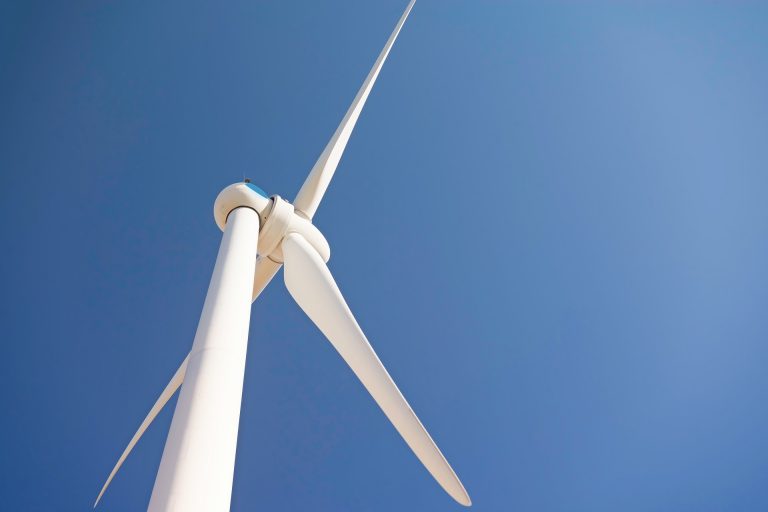
Component 1
Through a SAWEP study an integrated model, comprising of energy production, revenue and macro economy modules, to estimate development impact of South African Renewable Energy Independent Power Producers Procurement Programme (REIPPPP) was built.
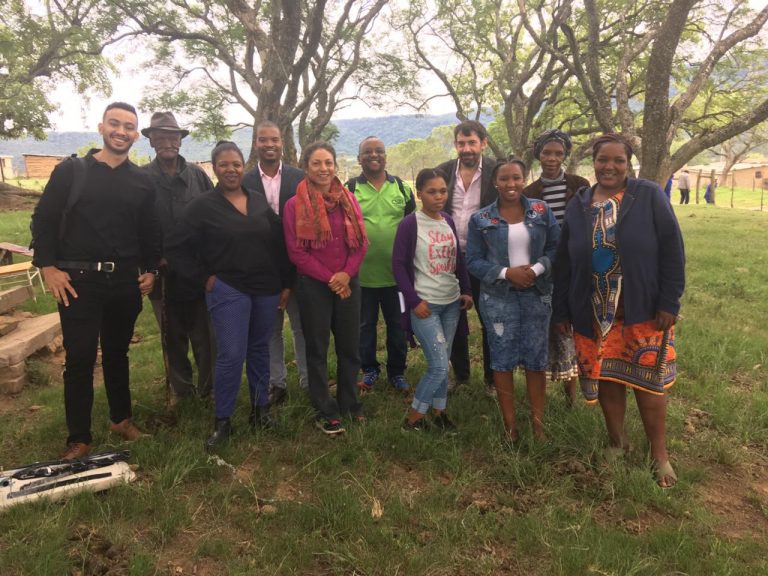
Component 3
SAWEP is supporting, through the CSIR Energy Centre, Upper Blinkwater (UB) Minigrid project (comprising of 75 kWp PV and 20 kW diesel generator) to assess wind resource and integration of small-scale wind turbines and monitors impact in terms of service delivery and energy savings.
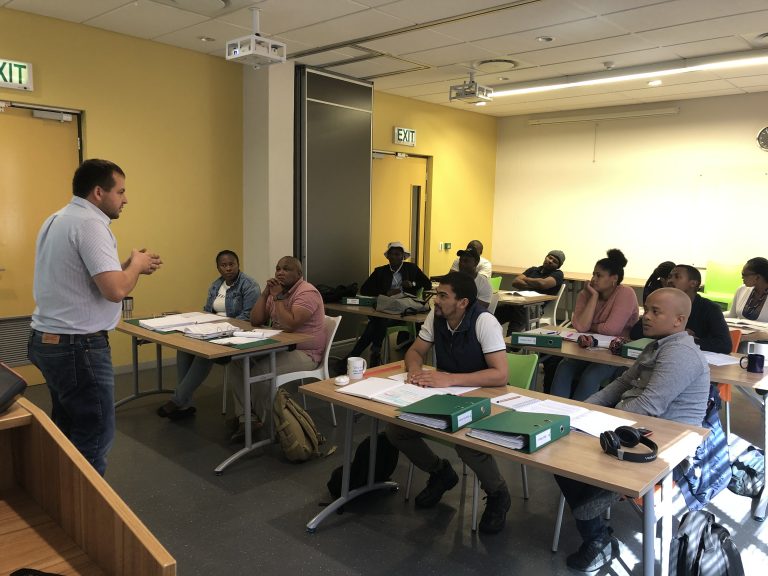
Component 4
SAWEP is currently providing stipend and course fees for 24 students undergoing formal SAQA accredited Wind Turbine Service Technician (WTST) training, which includes 2 months’ work placement.
